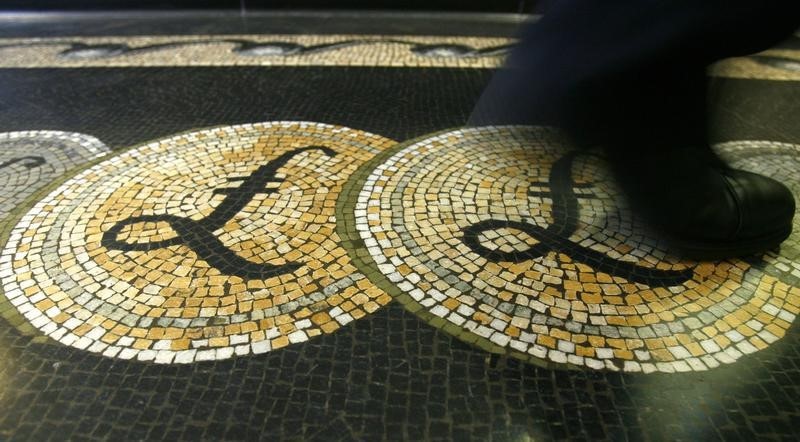Investing.com - The pound was trading close to eight month lows against the stronger dollar on Tuesday, shrugging off data showing that activity in the U.K. construction sector rebounded in December.
GBP/USD was last at 1.4687, off 0.19% for the day and not far from the eight-month low of 1.4662 set on Monday.
Sterling remained weaker despite data showing that construction sector activity in the U.K. rebounded last month after slumping to a seven month low in November.
The Markit construction purchasing managers' index rose to 57.8 from November’s 55.3 and ahead of forecasts for a reading of 56.0.
“The latest survey indicated a strong degree of optimism about the outlook for 2016, with firms mainly citing a strong pipeline of commercial development projects and new housing starts," Tim Moore, senior economist at Markit said.
The report came one data after a similar survey showing that the U.K. manufacturing sector continued to slow at the end of 2015.
The U.K. was to release data on service sector output on Wednesday.
Sterling was higher against the weaker euro, with EUR/GBP down 0.26% to 0.7340.
Demand for the dollar continued to be underpinned one day after a selloff in global equities hit risk appetite and bolstered safe haven demand.
Global equities dropped sharply on Monday after data from China showing that manufacturing activity contracted for the tenth straight month in December rekindled fears over a China-led slowdown in global growth.
Risk sentiment was also hit by escalating tensions between Iran and Saudi Arabia.
Asian shares gave up early gains on Tuesday as concerns over China continued to weigh, but markets in Europe were higher after the open.
The U.S. dollar index, which measures the greenback’s strength against a trade-weighted basket of six major currencies, was up 0.33% to 99.27, recovering from Monday’s lows of 98.12.
The dollar index ended 2015 with gains of almost 9%, bolstered by the diverging monetary policy stance between the Federal Reserve and other world central banks, particularly the European Central Bank and the Bank of Japan.
